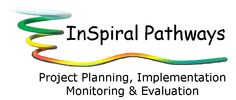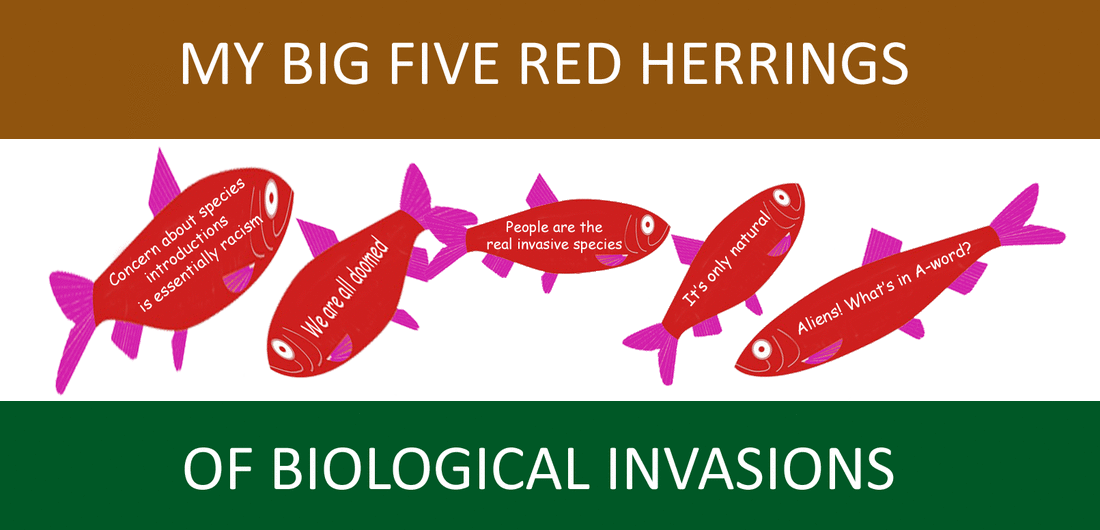The End Is Nigh proclaims the placard held aloft by the dishevelled old man who appears to be the (barely) living embodiment of his message. People do everything they can to avoid his gaze for fear that he will engage them in conversation. The guy with the placard is easy to caricature as one of society’s outcasts. But his views are not as marginal as you may think. A recent survey estimated that nearly four in 10 U.S. residents think that the severity of recent natural disasters such as Superstorm Sandy is evidence the world is coming to an end!
So-called end-timers are a diverse group who can be found in the places of worship of various religions and cults, in the meetings of radical environmental organisations, in university bars debating the nature of reality, or in clubs partying like it’s 1999!
A lot of people have been looking forward to the end of the world, which has been nigh for some time now: early Christians prophesied that the world would end on the first day of the year 500; in 1976 Southern Baptist minister Pat Robertson predicted that the world would end in October or November 1982; apparently unabashed, Robertson then made a second prediction in 1990 that the world would be destroyed on April 29 2007; and recently millions held their breath on 21 December 2012, the day the ancient Mayan Calendar ended. This track record of failed prophesies appears to be no deterrent to the harbingers of doom!
So why is this belief in the end of days a Biological Invasions Red Herring? Well, conventional wisdom tells us that if you believe that the end is nigh you will have very little incentive to do anything about biological invasions, or indeed any other environmental or social issue. In some cases you may even welcome crises which could be interpreted as portents of a non-earthly paradise to come. Protecting our environment for future generations is perhaps not much of a motivation if you believe that there won’t be any future generations to protect!
Red Herring #2 is unlikely to be expressed very vocally at meetings in which biological invasions are discussed, but end-timer views may still be firmly held by some of the participants in these meetings. But more significant, is the fact that such views are likely to be prevalent among a large proportion of the general public upon whose support the effective management of biological invasions ultimately depends.
Some suggestions for addressing Red Herring #2
Introduce this red herring but be respectful. People have deeply-held views and going on the offensive, getting aggressive or belittling others will only polarise discussions.
When it comes to those I call the “die hard end-timers”, there’s probably not a lot we can do to persuade them to care about biological invasions. Die hard end-timers are those who metaphorically chant:
“What do we want?”
“The end of the world!”
“When do we want it?”
“Now!”
However, there is another (probably larger) group that I call the “arm’s length end-timers” – and they metaphorically chant:
“What do we want?”
“The end of the world”
“When do we want it?”
“Soon but not just yet!”
In other words the end of the world is just beyond arm’s length. So the arm’s length end-timers still have a stake in the present and immediate future. Doing something about biological invasions can make sense to them if you emphasise the short and medium term benefits. For instance preventing foot and mouth from establishing in UK in 2001 could have saved UK agriculture and associated activities about £3.1 billion (Thompson et al. 2002), California’s Mediterranean Fruit Fly Exclusion Program saves the state $1.4 billion a year in reduced crop yields and other costs and keeping many small islands malaria-free saves thousands of lives and immeasurably enhances people’s quality of life.
And remember, most people have doubts and many people change their tune over time. The once nihilistic musicians Prince (life is just a party and parties weren't meant to last) is still partying well into his sixth decade and former Smiths front-man Morrissey (come Armageddon, come Armageddon, nuclear war) is no longer quite the angry man he used to be (if indeed he ever was!). Even Pat Roberson has extended the interval between the date on which he first makes his prediction of Armageddon and that of his chosen doomsday, from 6 years in 1976 to 17 years in 1990!
So it is still worth sowing the seed that biological invasions matter and that we can do something about them. Not everybody will be receptive at first but the seed may germinate over time!
Coming up next: Red Herring #3: It’s only natural - Species have always moved from place to place so what’s all the fuss about?
Reference
Thompson, D.,Muriel, P., Russell, D., Osborne, P., Bromley,A., Rowland, M., Creigh-Tyte, S. & C. Brown (2002). Economic costs of the foot and mouth disease outbreak in the United Kingdom in 2001. Rev. sci. tech. Off. int. Epiz., 2002, 21 (3), 675-687.







 RSS Feed
RSS Feed
